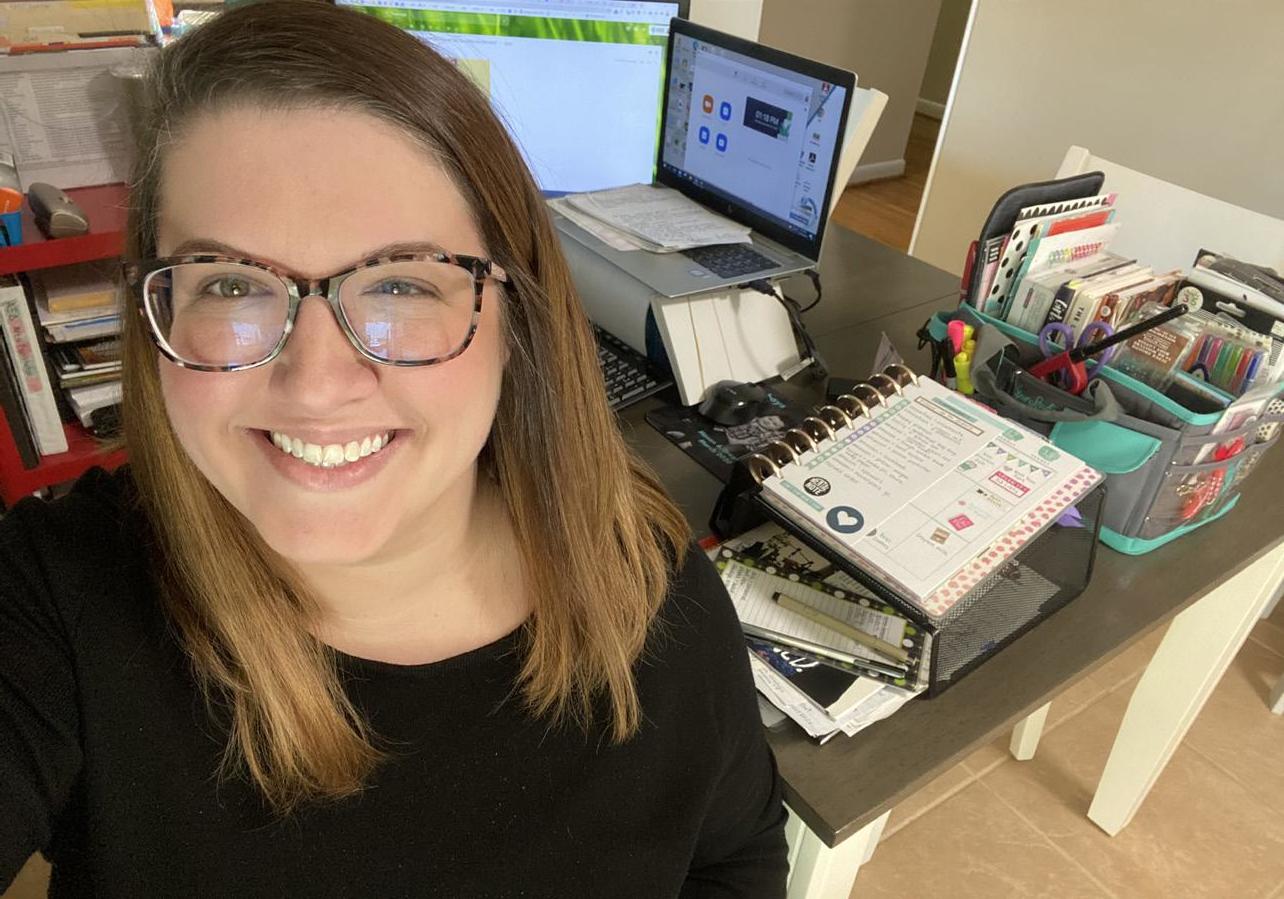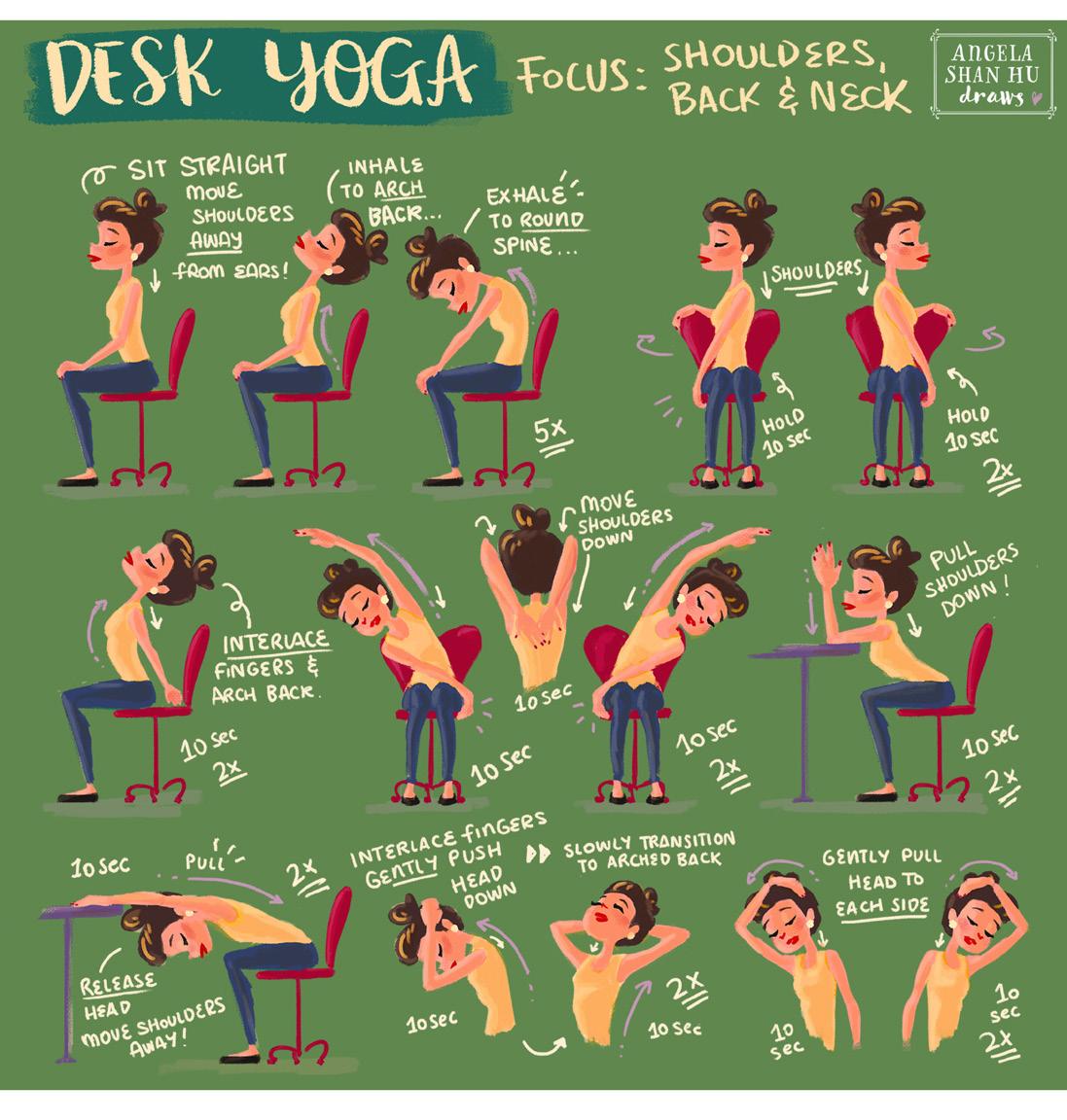
4 minute read
VIRTUAL EVENT SURVIVAL
VIRTUAL EVENT SURVIVAL
Q: What is event planning?
A: The detailed coordination of an activity or series of activities for social or educational purposes. Typically marketed to a specific audience and promises to provide a unique experience to each audience segment.
WHEW! That’s a mouthful. Take all of that and imagine doing it virtually! Many of us have, and most of us will continue to do so as we manage our new normal. We’ve learned best practices and even some of the worst practices, but the area we don’t talk about often is event recovery. A successful recovery actually starts before the event. How do we replenish our creative juices and the juices of our team? Here are some EAST staff suggestions on how they pivoted our in-person events to virtual and how they recovered from stimulation overload.
Meet The Ladies:
Jessica Dunham - Director of Events
Alicia Humbard - Program Coordinator for Phase Training
What is EAST Phase Training?
EAST Phase Training is unique to EAST; three sets of developmental and supportive training for EAST facilitators in the EAST network.
BEFORE THE EVENT
Build-in breaks when planning content. During Phase Training, we planned a 10-minute break for every hour of live content. This training requires teachers to be on the screen all day. A little break goes a long way for everyone!
Snacks & drinks, including some healthy options, are beneficial for both the planner and the attendee! Keep them in easy reach because you never know when a 30-minute meeting turns into a 2-hour conversation.
Virtual meetings/events can get real awkward real quick - so plan out every minute - even the stuff that seems serendipitous (i.e., what you say in your welcome, the things you post in the chat, etc.)
DURING THE EVENT
Aromatherapy is your friend! Pick up some of your favorite candles that you only burn on training days or heavy online meeting days. Relaxing scents help on those stressful days.
Take time to stretch. These will help relieve stress, as well as neck, shoulder, and back pain. There are several stretches you can do right from your desk! For ultimate mental and physical health, you could even try building in a few minutes of exercise!
Put a plant or flower in your space. There’s something about a candle and greenery that create a cozy, welcoming space.
Gamification is a must! You wouldn’t want to attend or host a training or event that isn’t any fun to do—so incorporating fun elements should be a part of your content preparation.
Explore being hybrid. When possible, try to incorporate the physical into the virtual. Having participants work with manipulatives you sent prior to the event (like themed stress balls or play-doh) or specialized handouts. Even if the transition from digital activity to tactile activity keeps the engagement high, writing things on a handout is a small change of pace that can help with online burnout for everyone.
The chat is your friend! You can post resource links, engage with attendees (especially those who don’t want to speak up), recap what a speaker/presenter says - treat it almost like social media. Don’t forget to have a dedicated chat moderator (or two if the meeting is large)! This position is invaluable in creating an engaging experience.

Director of Events, Jessica Dunham
AFTER THE EVENT
Reflect and Debrief with a Brainstorm. After an event it is easy to be overwhelmed with ideas about how to improve: the nuances, flow, best ideas, and all the pieces that didn’t quite work like you thought they might. Create a shared brainstorming document for you and your team to compile thoughts that become the foundation to enhance the future occasion! From attendees and participants more than ever, that feedback is SOOOOO important. How things are perceived is always important but how items are translated through the screen is even more important to know.
Celebrate - even the small victories. It’s easy to recall what went wrong and how to improve the next event, but don’t forget to celebrate what went right.
Take a “screencation” - an intentional break from screens (computer, phone, etc.) planned for a predetermined amount of time. It will be a different type of recharge! Researchers say you sleep better, your concentration will improve, and your body will naturally reset after some downtime.
Before the event, schedule some post-event pampering - a massage, pedicure, etc. Don’t wait until the event is over. This will give you something rewarding to look forward to, and it’s one less thing you have to remember to plan after an event.
And there you have it, how to prep, execute, and recover after your virtual event! Take a moment and create your own for the next event and let us know how it goes!
Are you looking for some quick stretches to do?
Check out these desk & chair yoga moves!

Illustration by Angela Shan Hu







